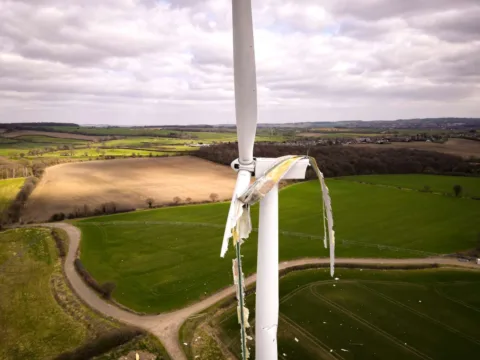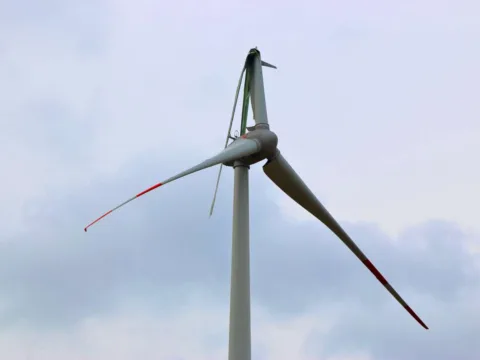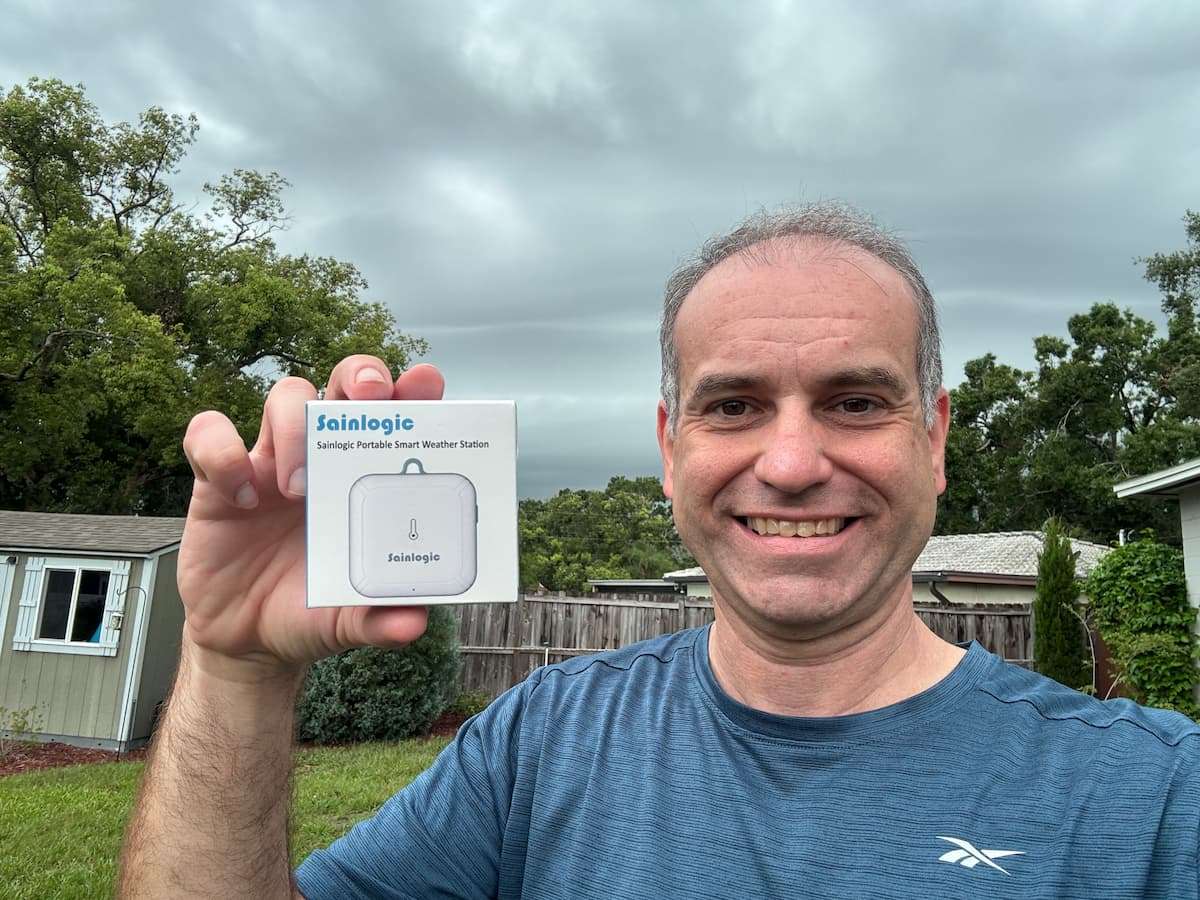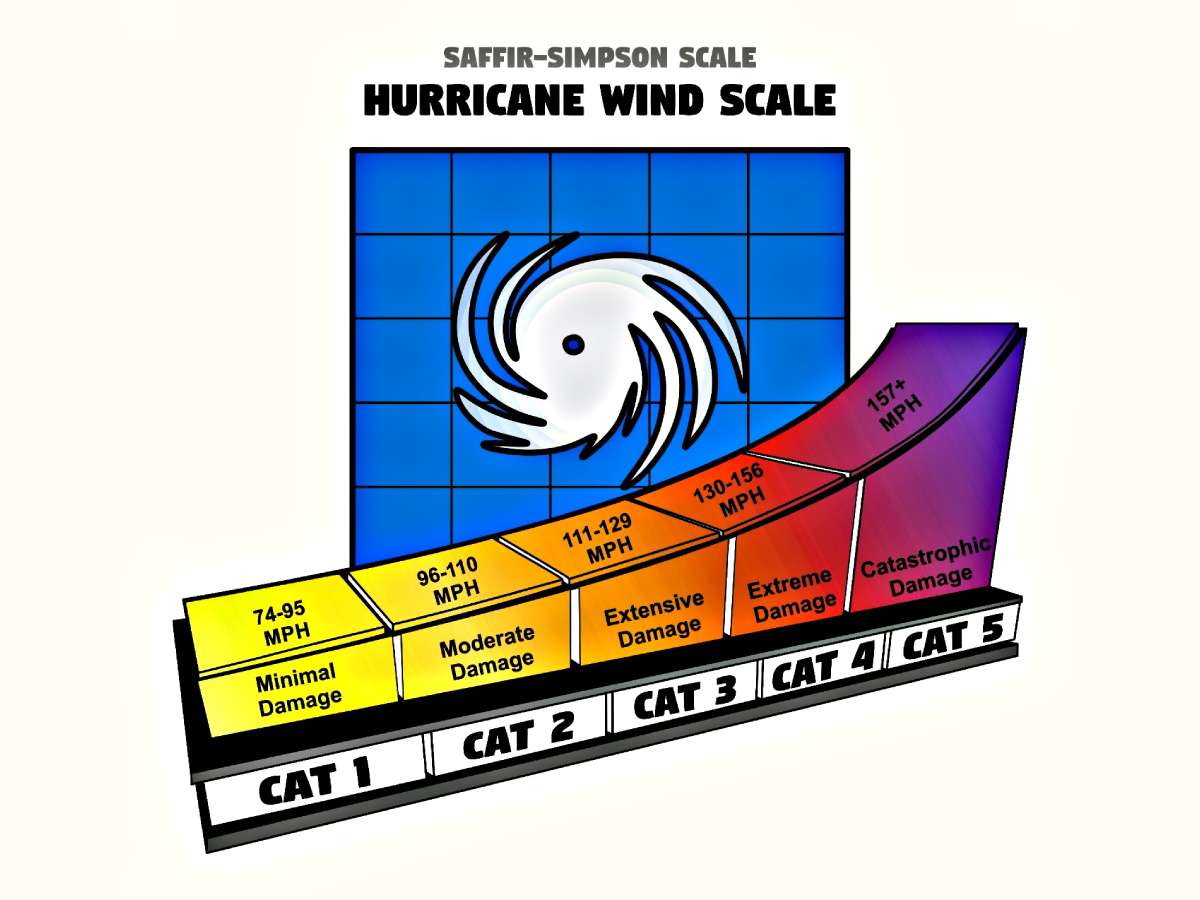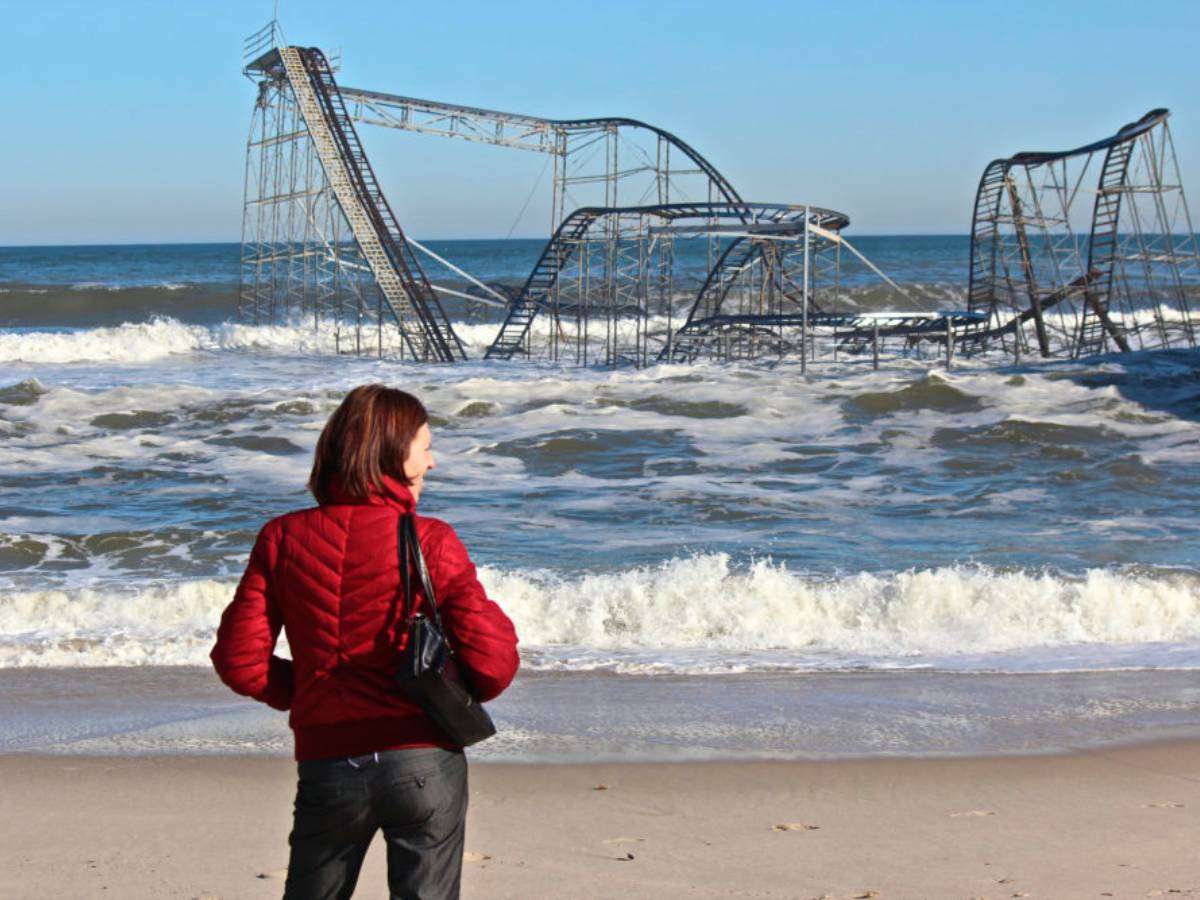Wind damage – its dramatic impacts are sometimes the first images we see following a hurricane, tornado, or strong thunderstorm.
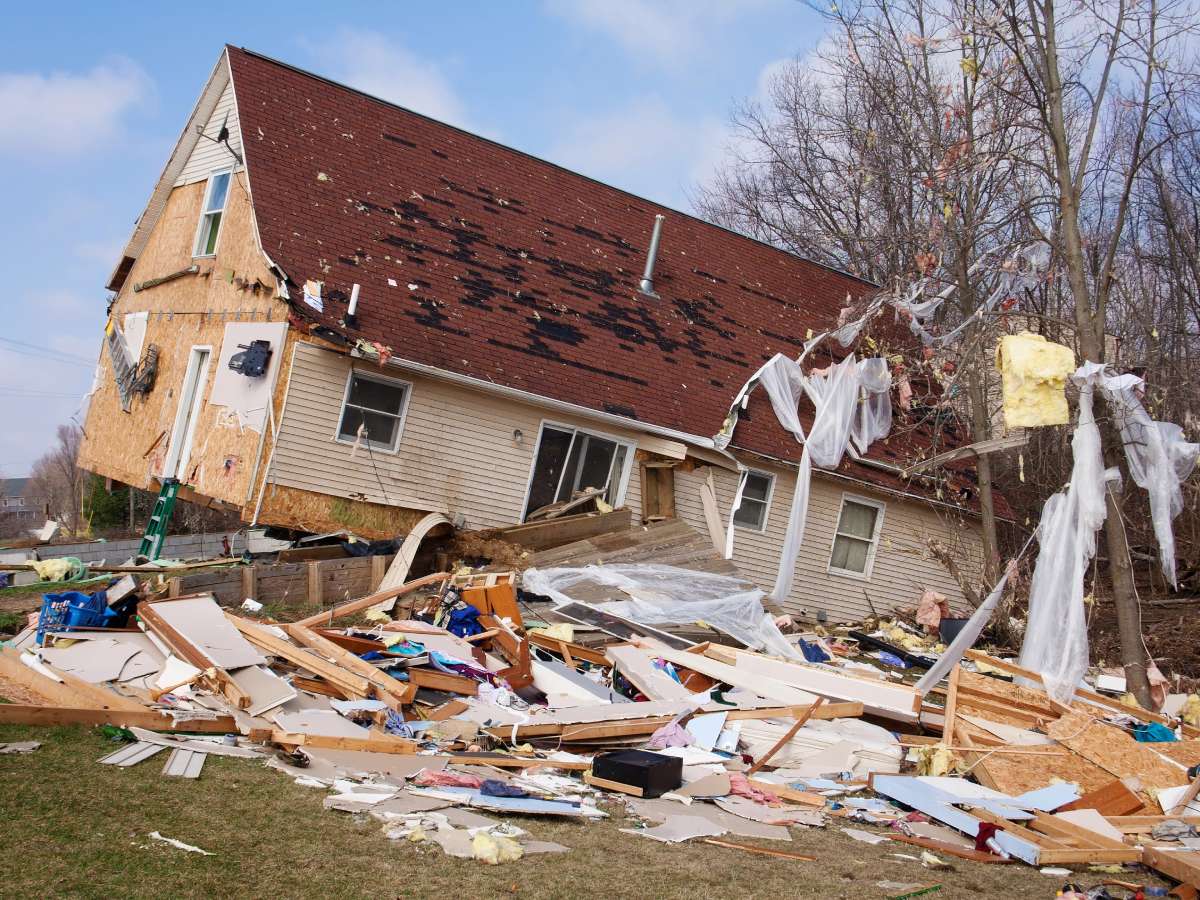
Fortunately, meteorologists are constantly improving the forecasting methods — so homeowners, municipal leaders, and emergency officials can prepare for storms ahead of time and potentially prevent wind damage.
Where I live in Florida for example, hurricane season always means that city and county code enforcement officials are out in strong numbers:
- Inspecting buildings for weak spots
- Trimming down branches near utility lines
- Reminding the public to upgrade their windows, entry doors, and garage doors to more wind-resistant varieties
Virtually all cities in Florida (and many places outside of the Sunshine State) are doing their best to comply with Miami-Dade County wind codes — which mandate some of the toughest hurricane wind codes in the world.
What makes wind codes from a county located in the southeast tip of Florida so special?
Well… it means that in order for your home to pass strict Miami-Dade wind codes, it must be able to withstand:
- A 9-pound 2×4 being hurled toward it at 30 MPH
- Being pelted by steel ball bearings traveling at a staggering 90 MPH
The 3 Wind Scales Used To Measure Damage
There are 3 primary wind scales that are commonly used to measure wind damage today.
Determining which of these scales is used depends on the type of wind damage that is being measured.
First, there is the Beaufort Wind Scale, which categorizes wind damage in incremental ranges up to hurricane force winds.
Then there is the hurricane category scale, called the Saffir-Simpson Hurricane Wind Scale. This scale divides hurricanes into 5 different categories, based on the highest average sustained wind speed for 1 minute of observed time.
Finally, there is the Fujita Tornado Damage Scale, which categorizes tornado wind strength based on observations of damage.
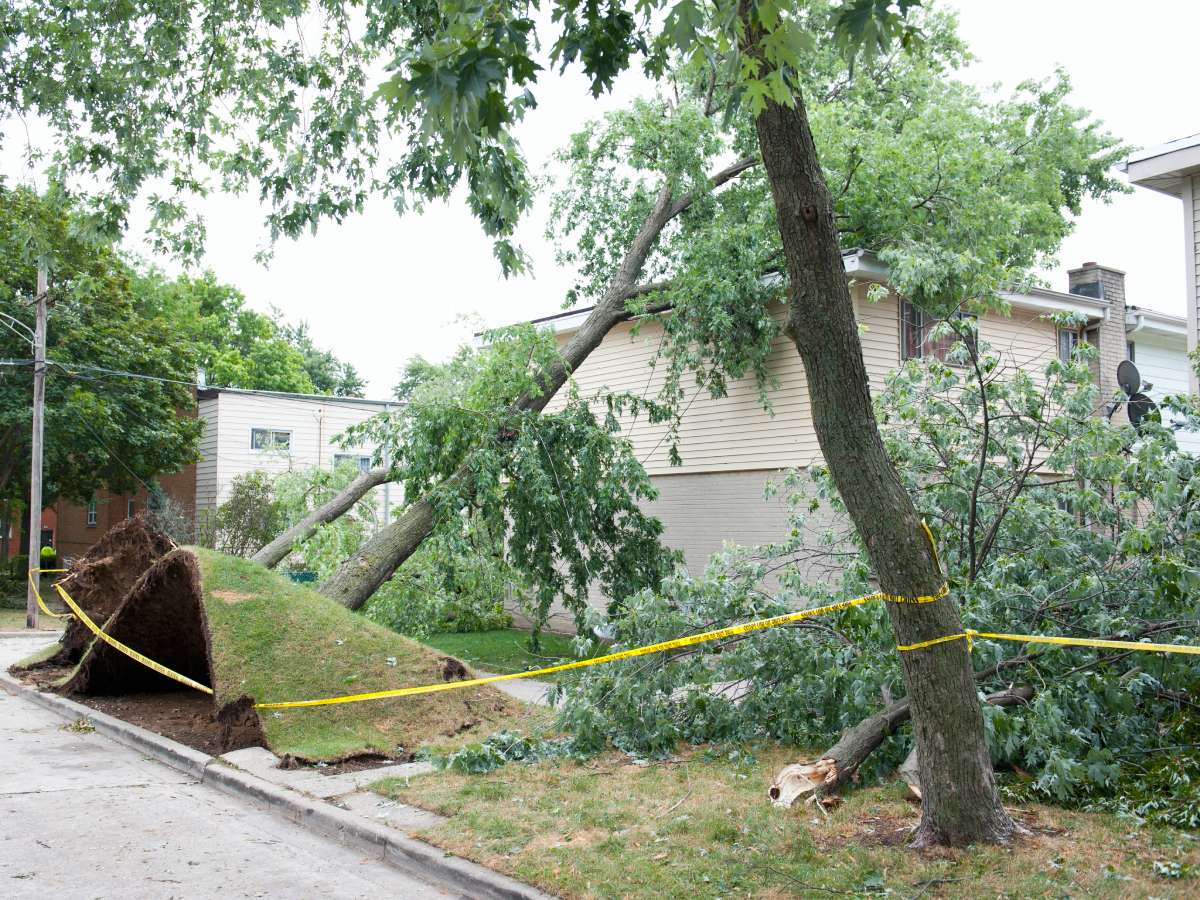
Let’s take a closer look at these 3 wind damage scales…
Beaufort Wind Damage Scale
In 1805, Sir Francis Beaufort devised a wind scale that determines approximate wind speeds based on observations of wind effects.
This wind scale includes the speed of the wind, the type of wind observed, and the actual conditions observed from the sea and from land.
Here is the Beaufort wind damage scale:
| Wind Speed | Beaufort Number | Wind Description | Effects |
|---|---|---|---|
| Less than 1 MPH | 0 | Calm | Sea surface is smooth and smoke rises vertically. |
| 1 to 3 MPH | 1 | Light air | Smoke drifts slowly with the breeze and indicates wind direction. |
| 4 to 7 MPH | 2 | Light breeze | You can feel the wind on your face and hear leaves rustle. |
| 8 to 13 MPH | 3 | Gentle breeze | Smoke moves horizontally and small branches sway. |
| 14 to 19 MPH | 4 | Moderate breeze | Dust or sand on the ground will move and large branches will sway. |
| 20 to 25 MPH | 5 | Fresh breeze | Surface waves form and small trees will sway. |
| 26 to 31 MPH | 6 | Strong breeze | Trees bend with force and wind will whistle around utility wires. |
| 32 to 38 MPH | 7 | Moderate gale | Large trees sway and moderate sea spray forms. |
| 39 to 46 MPH | 8 | Fresh gale | Twigs break from trees and streaks of foam appear on the ocean. |
| 47 to 55 MPH | 9 | Strong gale | Branches break from trees. |
| 56 to 64 MPH | 10 | Whole gale | Trees are uprooted and the sea appears white. |
| 65 to 74 MPH | 11 | Storm | Widespread damage occurs. |
| > 75 MPH | 12 | Hurricane | Structural damage occurs on land and strong waves form in the sea. |
Saffir-Simpson Hurricane Wind Damage Scale
Hurricanes are among the greatest shows of Mother Nature’s strength. During the unleashing of their wrath, hurricanes can exert tremendous power that can wash away beaches & barrier islands, level towns, and devastate whole regions of a nation.
The hurricane wind scale was devised in 1971 by civil engineer Herbert Saffir and meteorologist Robert Simpson.
This wind scale divides hurricanes into 5 category strengths, based on wind speed.
Here are the 5 Saffir-Simpson hurricane categories:
| Category | Wind Speed | Description |
|---|---|---|
| 1 | 74 to 95 MPH | Weak hurricane |
| 2 | 96 to 110 MPH | Moderate hurricane |
| 3 | 111 to 129 MPH | Major hurricane |
| 4 | 130 to 156 MPH | Major hurricane |
| 5 | 157+ MPH | Major hurricane |
Fujita Tornado Wind Damage Scale
Tetsuya Theodore “Ted” Fujita (aka Mr. Tornado) introduced the Fujita scale in 1971. Measuring wind speed AND correlating wind speed to wind damage, the Fujita scale is in widespread use around the world — not to mention the central United States, which is notoriously referred to as Tornado Alley.
The Fujita scale has been modified a few times over the decades — most recently in 2007, when attempts were made to more accurately match wind speeds to the severity of wind damage. (Since the adoption of the new wind measurement standards, the popular wind scale has been renamed the Enhanced Fujita Scale.)
This wind scale includes the speed of the wind and the type of wind damage observed.
Here are the current Fujita tornado wind speed standards:
| Category | Wind Speed | Description | Damage Details |
|---|---|---|---|
| F0 | 40 to 72 MPH | Light damage | Branches broken off trees, sign boards pushed over |
| F1 | 73 to 112 MPH | Moderate damage | Mobile homes pushed off foundations, cars shoved off roads, garages severely damaged |
| F2 | 113 to 157 MPH | Significant damage | Roofs torn off homes, large trees snapped or uprooted, high-rise windows broken, mobile homes demolished |
| F3 | 158 to 206 MPH | Severe damage | Roofs and walls torn off homes, trains overturned, large cars lifted off the ground |
| F4 | 207 to 260 MPH | Devastating damage | Well-constructed homes destroyed, cars thrown like missiles, trees stripped of bark |
| F5 | 261 to 318 MPH | Incredible damage | Frame houses lifted off foundations and disintegrated, cars flung more than 100 yards, trees stripped of bark, steel-reinforced concrete structures damaged |
So now you know! THAT’s how they measure wind damage from tornadoes, hurricanes, and other storms these days.
And I’ll leave you with is…
If a wind turbine (aka a heavy-duty windmill) gets damaged in a storm, then you KNOW those were serious winds:
